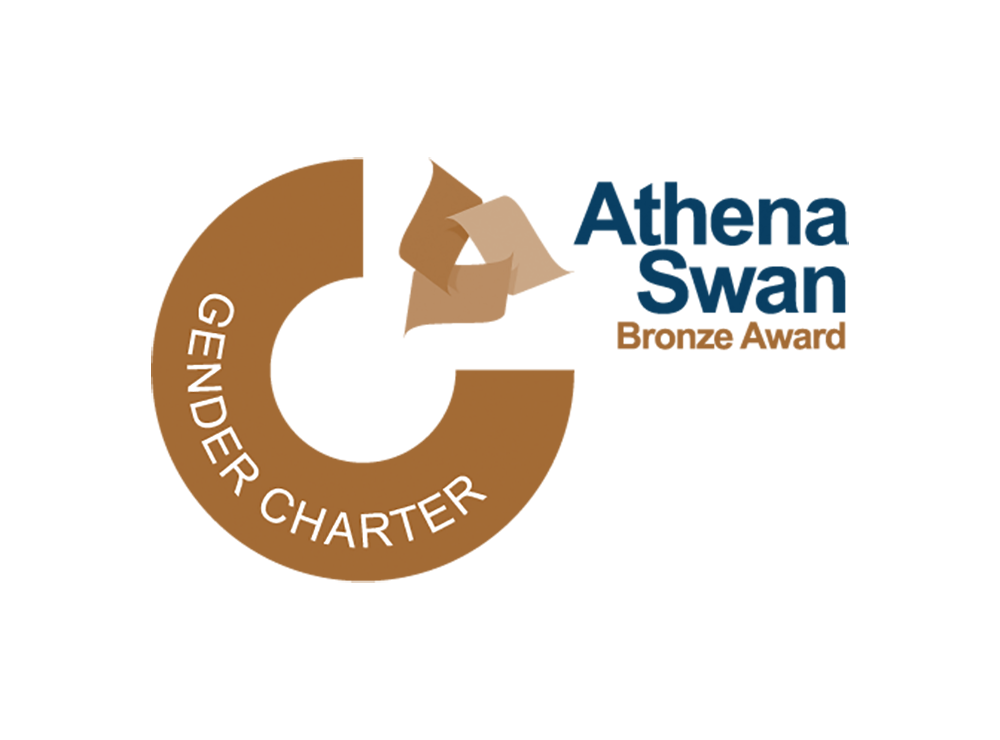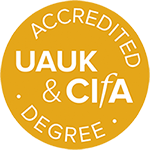Current filters applied:
- (-) Remove Medieval filter Medieval
- (-) Remove Recently Completed Projects filter Recently Completed Projects
- (-) Remove Archived Projects filter Archived Projects
Displaying 19 projects
A multi-disciplinary research project focusing on St. John's Hospital cemetery, Cambridge, with an aim to learn more about the lives of the medieval urban poor during the bubonic plague epidemic known as the Black Death.
The bioarchaeological characterization of disabled individuals from the past is particularly challenging because it pushes the boundaries of the interpretation of pathologies recognisable on human remains. With my project, namely B-CARED, I will investigate the bioarchaeological approaches for...
‘BODIES MATTER’ focuses on the material culture of bodies (and the self) in colonial borderlands by comparing three frontiers at various periods and geographies: the Spanish Empire’s southern borderland in the Americas in the AD 16th-19th century, the Punic western Mediterranean in the 6th-2nd...
This research employs archaeobotanical and biomolecular methods to reconstruct ancient agropastoral change over the first millennium CE in two microregions, the Aravah valley along the southern border of modern Israel-Jordan and the adjacent Negev Highlands. The region witnessed unprecedented...
This project is documenting the knowledge, skills, and practices of traditional dry-stone masonry at Great Zimbabwe, southern Zimbabwe. Once the capital of an Iron Age empire, Great Zimbabwe is an ancient settlement complex with dry-stone structures covering over 720 hectares. Around it, local...
Geoarchaeological research on Bantu landscapes is being carried out as part of the interdisciplinary Bantu Mobility Project. This project is exploring Bantu expansions in the Kafue floodplain of central Zambia. By combining archaeological survey and excavation, spatial analysis, historical...
The last decades have witnessed marked achievements of STEM in understanding the remains of humans, animals, and plants from the past by analyzing different materials, both inorganic and organic. These developments have opened-up the great potential for increasing our understanding of cultural...
Taking as its starting point the radically new perspective offered by recent archaeological discoveries at Rendlesham in SE Suffolk, and with the East Anglian kingdom as the primary case study, this interdisciplinary project (running 2017-2020) aims to establish a new understanding of pathways to...
Quantitative meta-analysis of f ish bones recovered from archaeological excavations with the aim of tracing human use of marine resources over the last 2000 years.
During the medieval and renaissance periods, the Low Countries were a key region for trade, international finance, and the arts. Cities such as Bruges, Ghent, Brussels, Amsterdam and Leiden developed large populations, and with high population comes the problems of sanitation. Medieval populations...
Despite a long history of intensive landscape-oriented archaeological research in the Aegean, most primary fieldwork has been concentrated in mainland Greece and a few Aegean islands. By contrast, the eastern side of the Aegean has received far less attention, with local methods and research...
As part of the international campaign to salvage sites threatened by construction of the second Aswan High Dam in southern Egypt, coordinated by UNESCO, researchers from Sweden, Norway, Denmark and Finland collaborated on a series of archaeological campaigns between 1960 and 1964. Known as the...
Water availability, management and use are crucial factors when it comes to maintaining modern populations in the arid and semi-arid environments that dominate much of India. Today, large parts of India are intensively farmed, and the large-scale mono-cropping of water intensive crops like winter (...
Cambridge is home to world-leading researchers across archaeological science, technical art history and heritage science, based at Department of Archaeology, the Fitzwilliam Museum, and the Hamilton Kerr Institute, among others. There are multiple synergies across these institutions in terms of...
Identifying and investigating sites of probable Bronze Age, Iron Age, Roman, and Saxon date in the hinterland of Canterbury.
What does a river do? As anyone who has lived by one knows, rivers structure human worlds in many ways. This project explores the role of Europe’s greatest river in the formation of new societies, in and after the last centuries of the Roman Empire in the West (150–700 AD). The Danube occupied a...
This project will challenge the extant model on the beginning and spread of Islamic glazes, which asserts that they were all derived from the Middle East and spread with Arab expansion, and that new technologies were adopted passively by conquered societies. It will include a variety of glazed ware types dating to the 9th to 13th centuries CE from different regions of Central Asia.
This project is examining resource landscapes and urban transition on Zanzibar during two major periods of urban growth. Fieldwork at Unguja Ukuu (7th–15th centuries) and Tumbatu (11th–15th centuries) on Zanzibar is exploring domestic contexts and investigating resource uses supporting the...
This project brings together several research streams to examine the nexus relations between land and water resources, societal development, and landscape stability in sub-Saharan Africa. What processes and practices support long-term settlement and resource use? How did past societies secure water...


